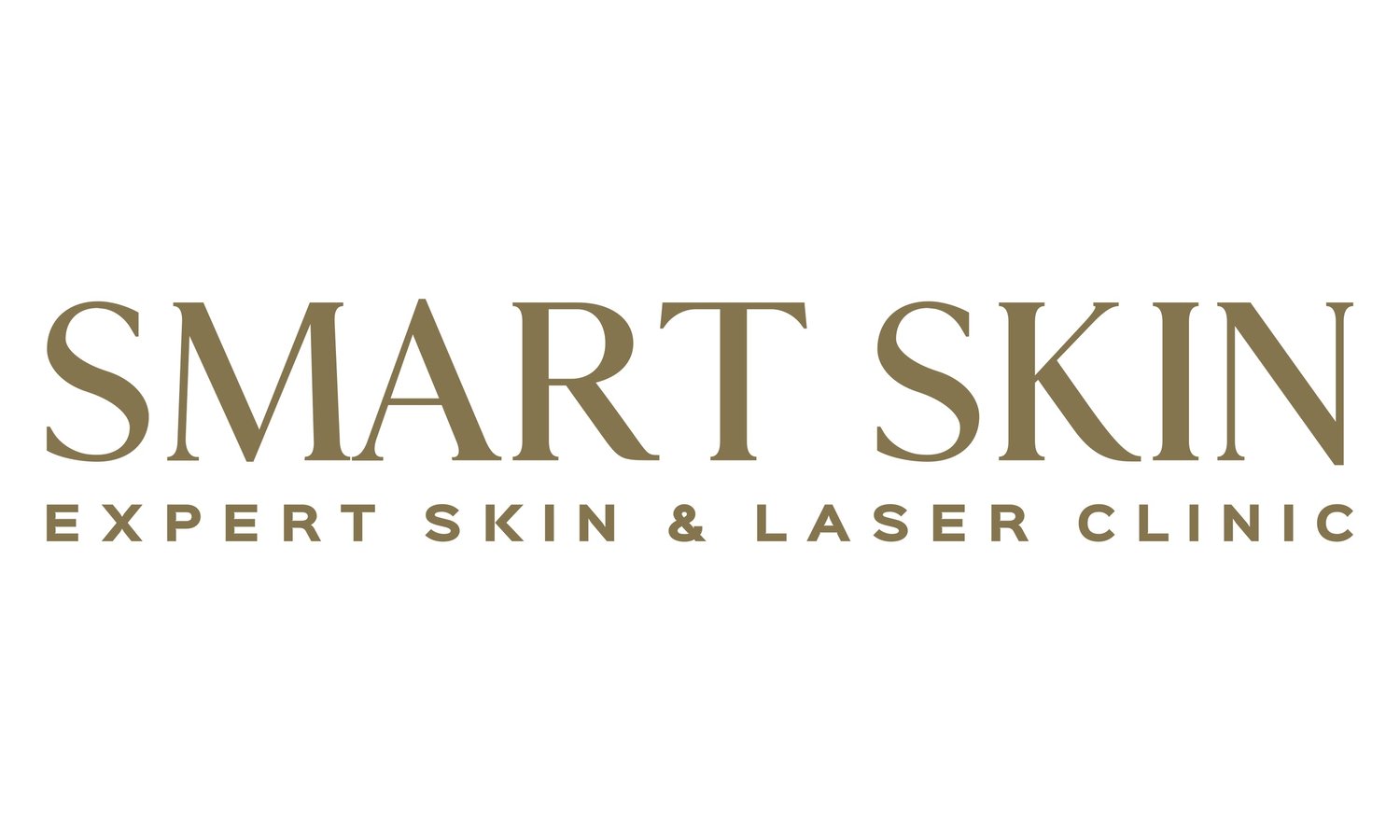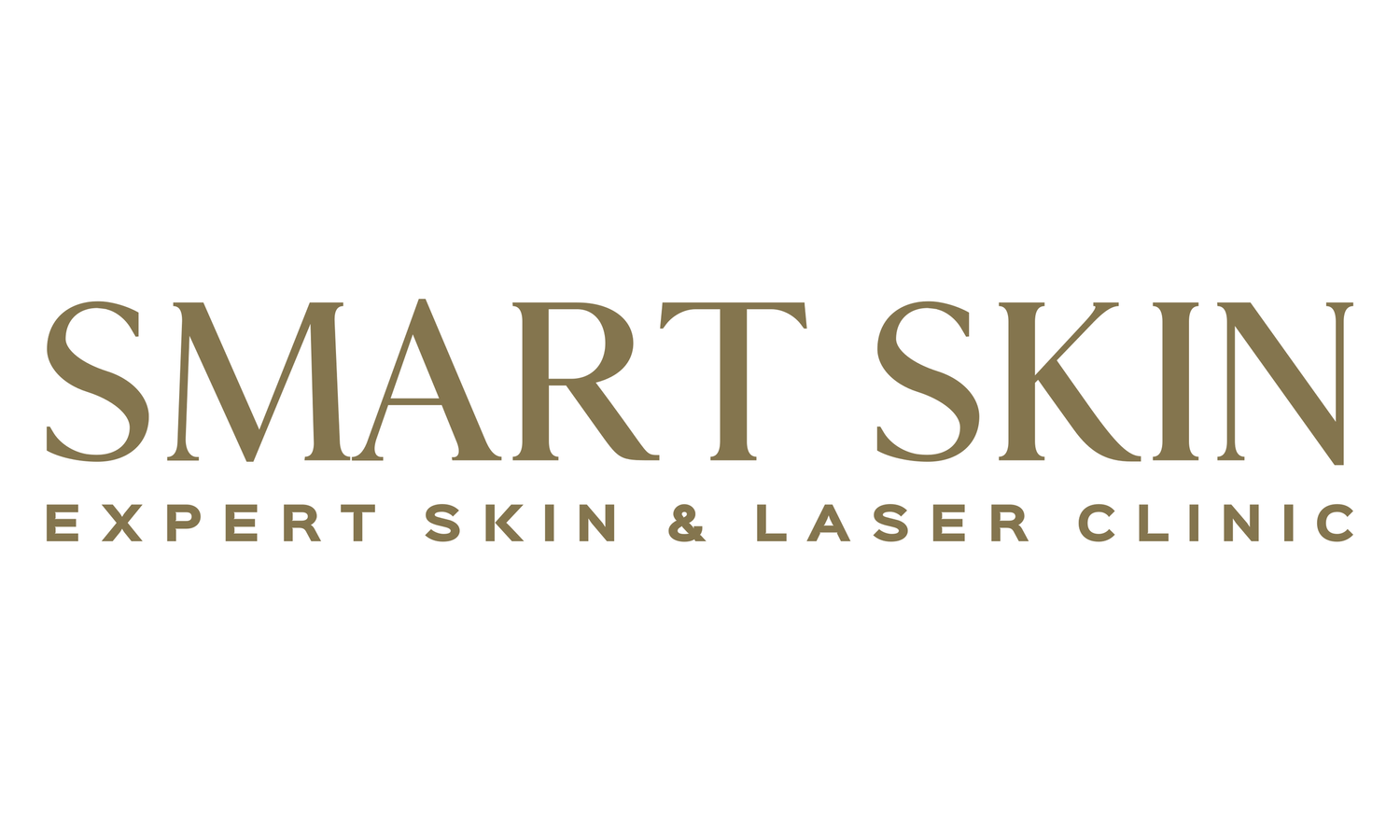Laser Pigmentation therapy
-
Pigmentation Therapy
Perfect solution to treat uneven skin tone, age spots, sun spots and hyper-pigmentation. This treatment will fade and remove the excess pigmentation, restores the skin and give super clear complexion.
Safe and effective treatment is highly dependent on the wavelength used, as the light source needs to be readily absorbed by the pigmentation (melanin) but not by other chromophores in the skin e.g. water and blood. Q-Switched lasers are widely recognized as the gold standard for the treatment of congenital pigmented lesions (such as café-au-lait macules or melanocytic naevi).
Treatments are generally more successful for those with Fitzpatrick skin type 1-3, e.g. fairer skin types. This is largely due to the greater risk of post-inflammatory, hypopigmentation, or hyperpigmentation in darker skin types. Superficial pigmentation, such as freckles and lentigines often only need one treatment, whereas pigmented birthmarks will often need between 3-6 treatments to see good clearance. It is not uncommon to see recurrence of pigmented lesions, although the use of a high factor sunscreen can reduce this risk.
-
Nd-Yag Laser, uses laser beam energy in nanosecond pulses to break down excess pigmentation. The body’s immune system will slowly remove the shattered melanin. The Pigmentation can swell, darken and scab within first few days after treatment important to follow after and do not pick or scratch the scab.
-
Pigmentation treatments will usually turn pigmentation darker at first and crusting can appear on the skin which will shed off naturally (DO NOT PICK OR ITCH OR SCRATCH the area)
How many sessions needed?
Between 1-6 sessions at 4 weeks intervals is recommended for the best results.
Discontinue sun exposure 4 weeks prior to your treatment.
Do not use fake tan 1-2 weeks prior to your treatment.
Use an SPF 30 daily
Post treatment
A sunburn-like sensation is expected for about 2-5 hours after the treatment. If this is uncomfortable apply cold compresses or ice to the treated area.
Your skin may be temperature sensitive for the following 2 days, so do not use very hot water or your shower or bath.
Do not exfoliate the skin for 1 week after the treatment.
Your skin may be more sensitive to certain skin care.
Do not pick blisters or skin crusting as this may lead to a scar.
If you have any questions or concerns, please call the practice.
Patch test and consultation needed before treatment!


